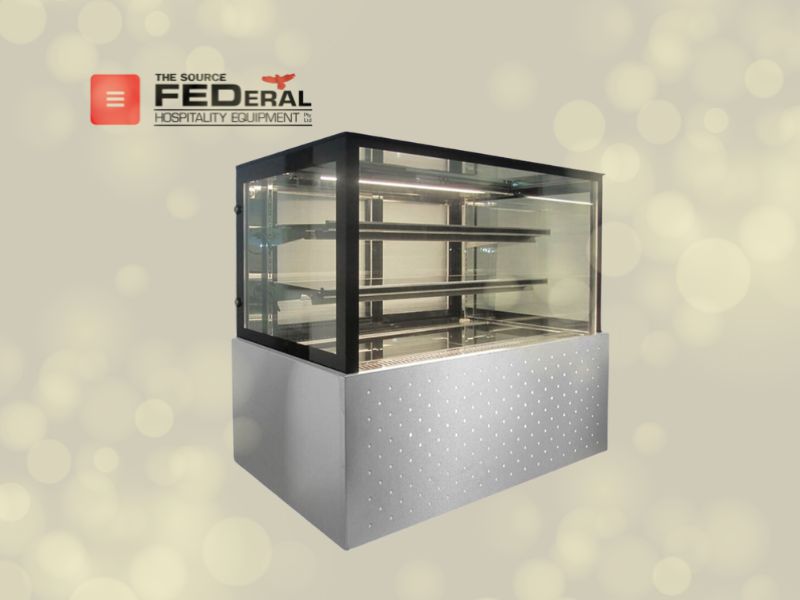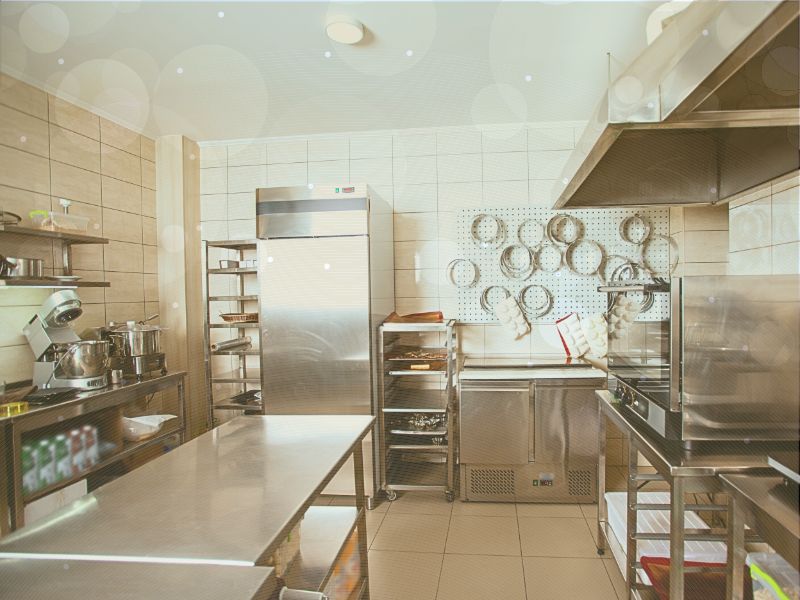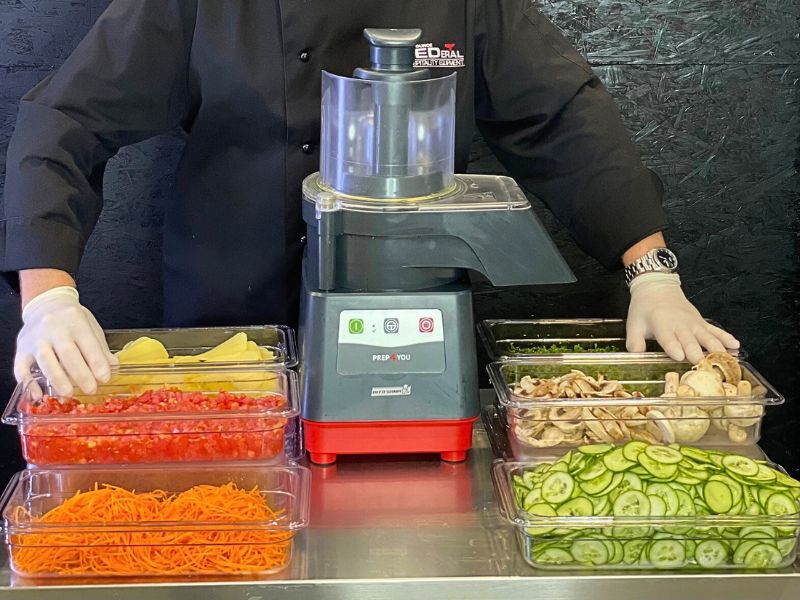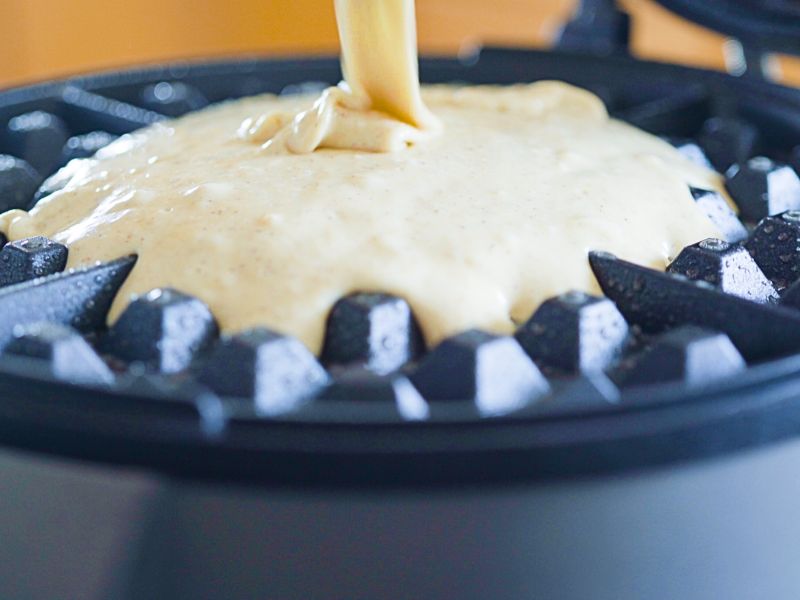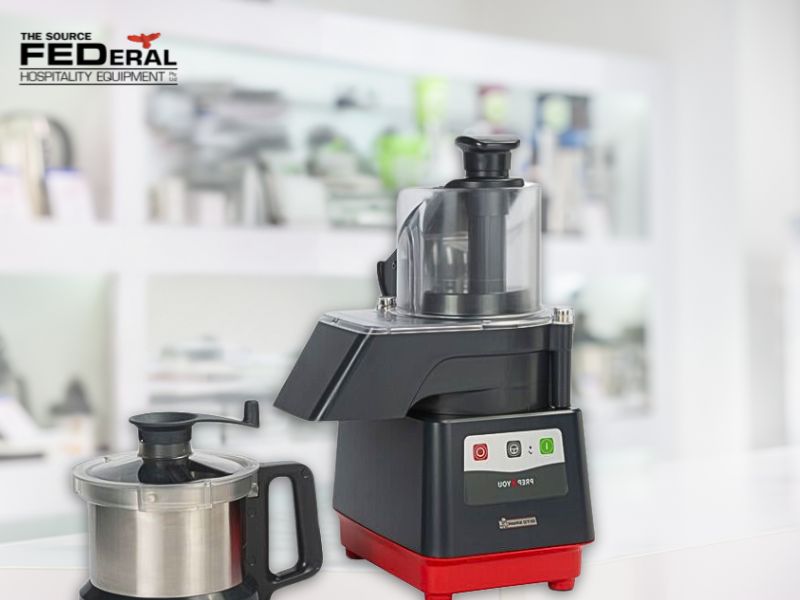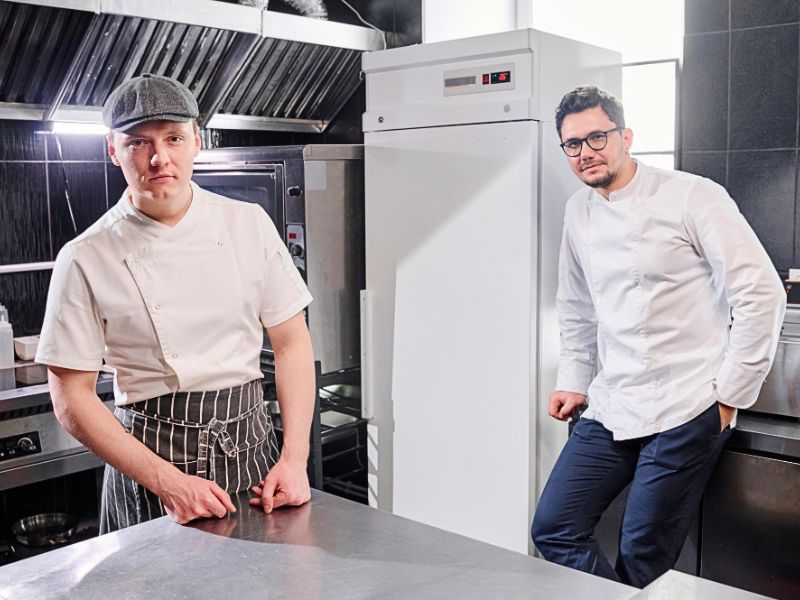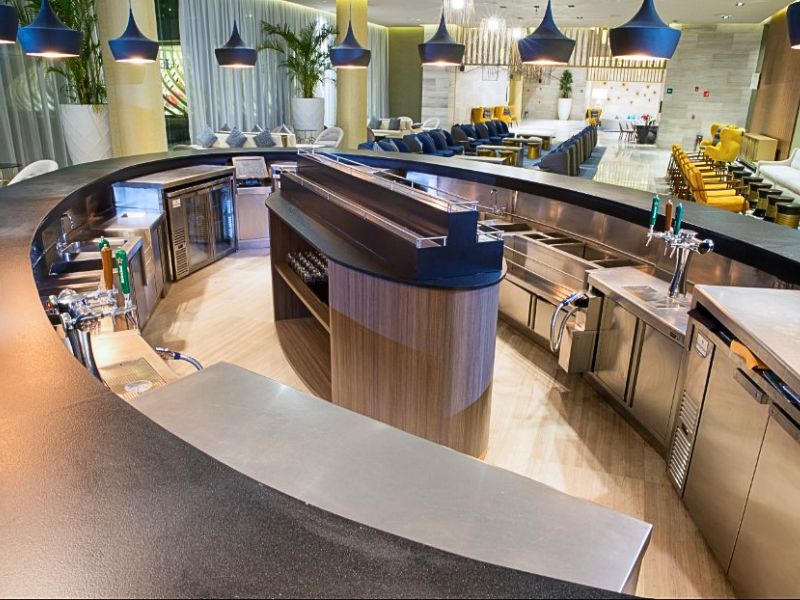Picture this:
- A warm summer evening.
- A stunning view.
- A bottle of your favourite white wine waiting to be uncorked.
As you reach for the bottle, you realise it could be more perfectly chilled. The anticipation begins to wane as you ponder how to enjoy your wine. Fear not, for we have the key to unlocking the full potential of your white wine experience.
This comprehensive guide will delve into the art of chilling white wine to perfection. From the ideal serving temperatures to the role of wine fridges, we've got you covered.
Why Proper Wine Storage Matters
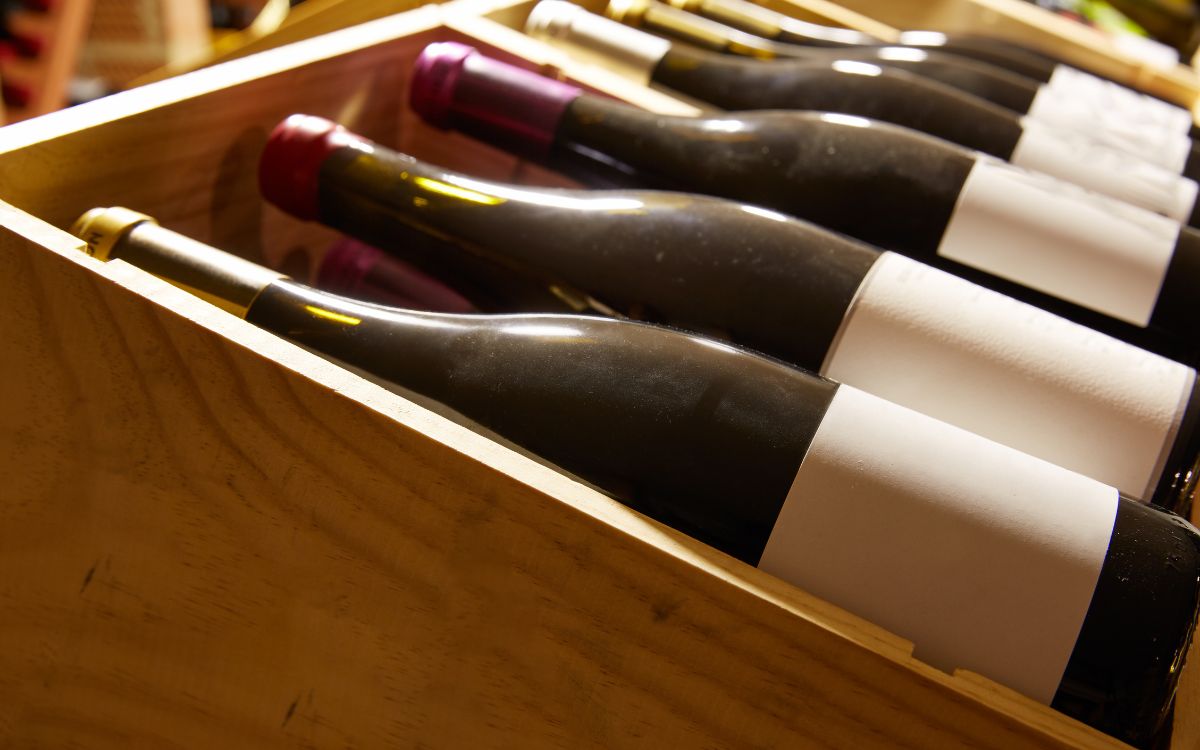
Before diving into chilling white wine, let's understand why proper wine storage matters. The temperature at which you store and serve white wine can significantly impact its flavour and aroma. Here are some key points to consider:
- Temperature Impact: The temperature at which wine is served can enhance or diminish its flavour profile. White wines are more delicate than their red counterparts and often require cooler temperatures to shine.
- Flavour Preservation: Storing white wine at the correct temperature helps preserve its delicate flavours, ensuring you experience the wine as the winemaker intended.
- Avoid Spoilage: Incorrect storage can lead to spoilage, ruining your wine investment. White wines are especially susceptible to temperature fluctuations.
Ideal Serving Temperatures for White Wine
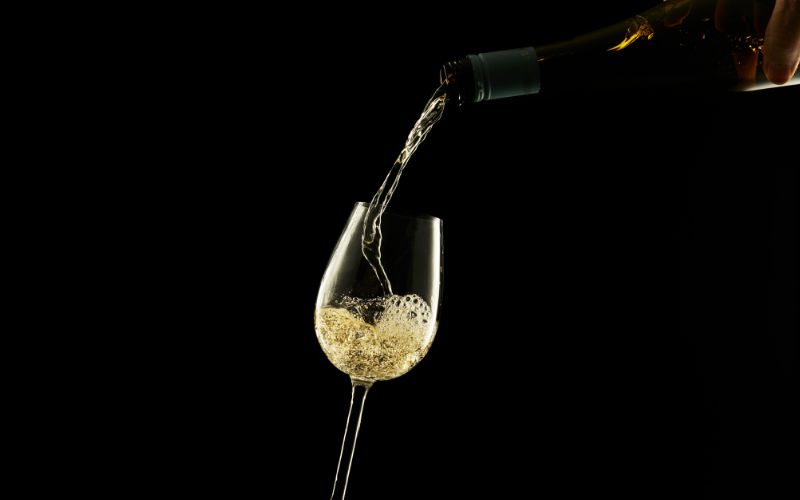
White wine varieties are not created equal, and each has its ideal serving temperature. Here's a breakdown of recommended temperatures for some popular white wine types:
- Sauvignon Blanc: Serve at 45-50°F (7-10°C) to bring out its vibrant acidity and citrusy notes.
- Chardonnay: Chardonnay lovers, aim for 50-55°F (10-13°C) to highlight its buttery richness and oak influences.
- Riesling: For the sweet and aromatic Riesling, chill to 45-50°F (7-10°C) to balance its sweetness with refreshing acidity.
Remember, achieving these temperatures is crucial for maximising your white wine's potential.
The Role of Wine Fridges
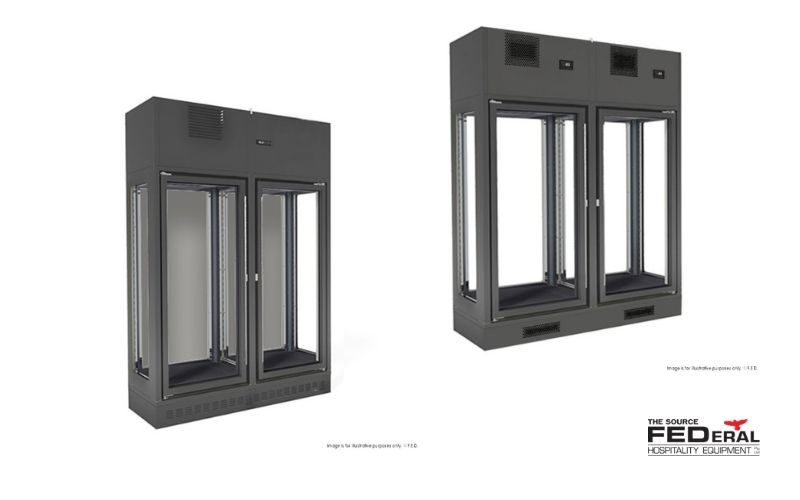
Now, let's explore the role of wine fridges in maintaining those perfect temperatures. Wine fridges, also known as wine coolers, are specially designed for storing wine in precise conditions. Here's why they are the go-to choice for wine enthusiasts:
- Temperature Control: Wine fridges offer precise temperature control, ensuring your white wine is always at the ideal serving temperature.
- Humidity Management: They maintain humidity to prevent cork drying and wine oxidation.
- Storage Versatility: Wine fridges come in various sizes and styles, making them suitable for novice wine lovers and collectors.
Pre-Chilling Wine: When and Why
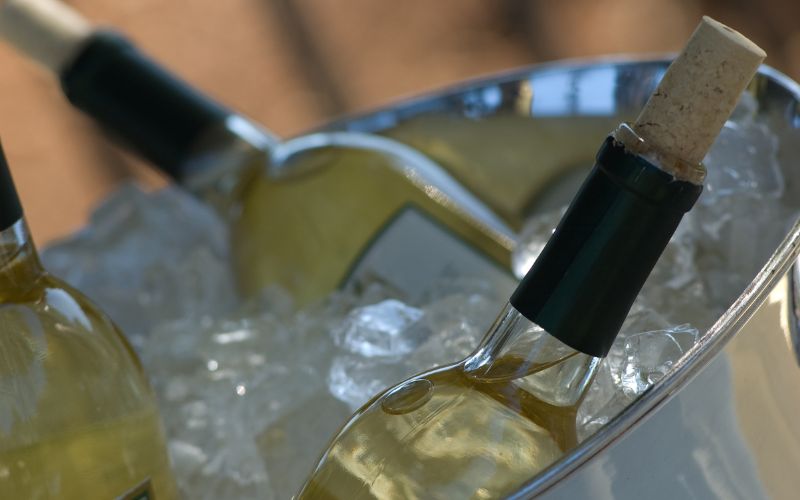
But what if you're in a hurry to enjoy your white wine? That's where pre-chilling comes in handy. Pre-chilling involves placing your wine bottle in the fridge before serving. Here's when and why you should consider it:
- Impromptu Gatherings: When unexpected guests arrive, pre-chilling ensures you have a bottle ready to serve in a shorter time frame.
- Enhanced Taste: Pre-chilling can help bring out the best in your white wine by quickly lowering its temperature.
Quick Chill Techniques
Sometimes, you might not have the luxury of pre-chilling your white wine. In such situations, use these quick chill techniques:
- Ice Bucket: Fill a bucket with ice and water, then submerge the bottle for around 20 minutes.
- Wet Paper Towel Wrap: Wrap a damp towel around the bottle and place it in the freezer for 15-20 minutes.
- Wine Chiller Stick: Invest in a wine chiller stick that cools your wine as you pour it into the glass.
Best Practices for Fridge Chilling
Proper fridge chilling is the gold standard for those with the time to plan. Follow these steps for the best results:
- Lay Bottles Flat: Store wine bottles horizontally to moisten the cork and prevent oxidation.
- Consistent Temperature: Maintain a constant temperature in your wine fridge, avoiding fluctuations.
- Gradual Cooling: Allow your white wine to cool gradually in the fridge, ideally for a few hours before serving.
Avoiding Common Mistakes
While the art of chilling white wine is relatively simple, it's essential to avoid common mistakes:
- Over-chilling: Avoid serving white wine straight from the fridge if it's too cold; it can mute the flavours.
- Under-chilling: Conversely, serving white wine that's too warm can mask its complexities.
- Rapid Temperature Changes: Sudden temperature shifts can shock the wine and negatively affect its taste.
Storing Already Opened Bottles
So, what if you've opened a bottle but couldn't finish it? Storing opened bottles properly is crucial for maintaining the wine's quality. Consider these tips:
- Re-cork or Re-seal: Re-cork the bottle or use a wine preservation tool to seal it.
- Fridge Storage: Store the opened bottle in the fridge to slow oxidation.
Serving White Wine at Its Best
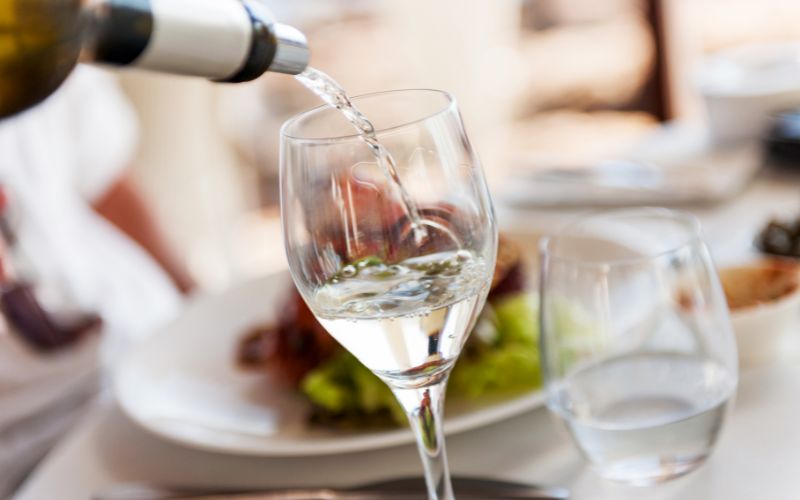
Now that you've chilled your white wine to perfection let's focus on serving it at its best:
- Glassware: Use appropriate wine glasses, such as tulip-shaped glasses for white wine, to concentrate aromas.
- Food Pairings: Consider pairing your white wine with complementary dishes, enhancing the overall tasting experience.
- Let It Breathe: Some white wines benefit from a few minutes of aeration in the glass before sipping.
Conclusion: Sip, Savour, and Celebrate
In conclusion, mastering the art of chilling white wine is essential for any wine enthusiast. Whether planning a special evening or enjoying an impromptu gathering, understanding the nuances of white wine temperature can elevate your wine-drinking experience. Remember to explore the fantastic selection of wine fridges available at Food Equipment to ensure your collection is in perfect condition.
Cheers to unlocking the full potential of your white wine, and may your every sip be a celebration of taste and refinement!


